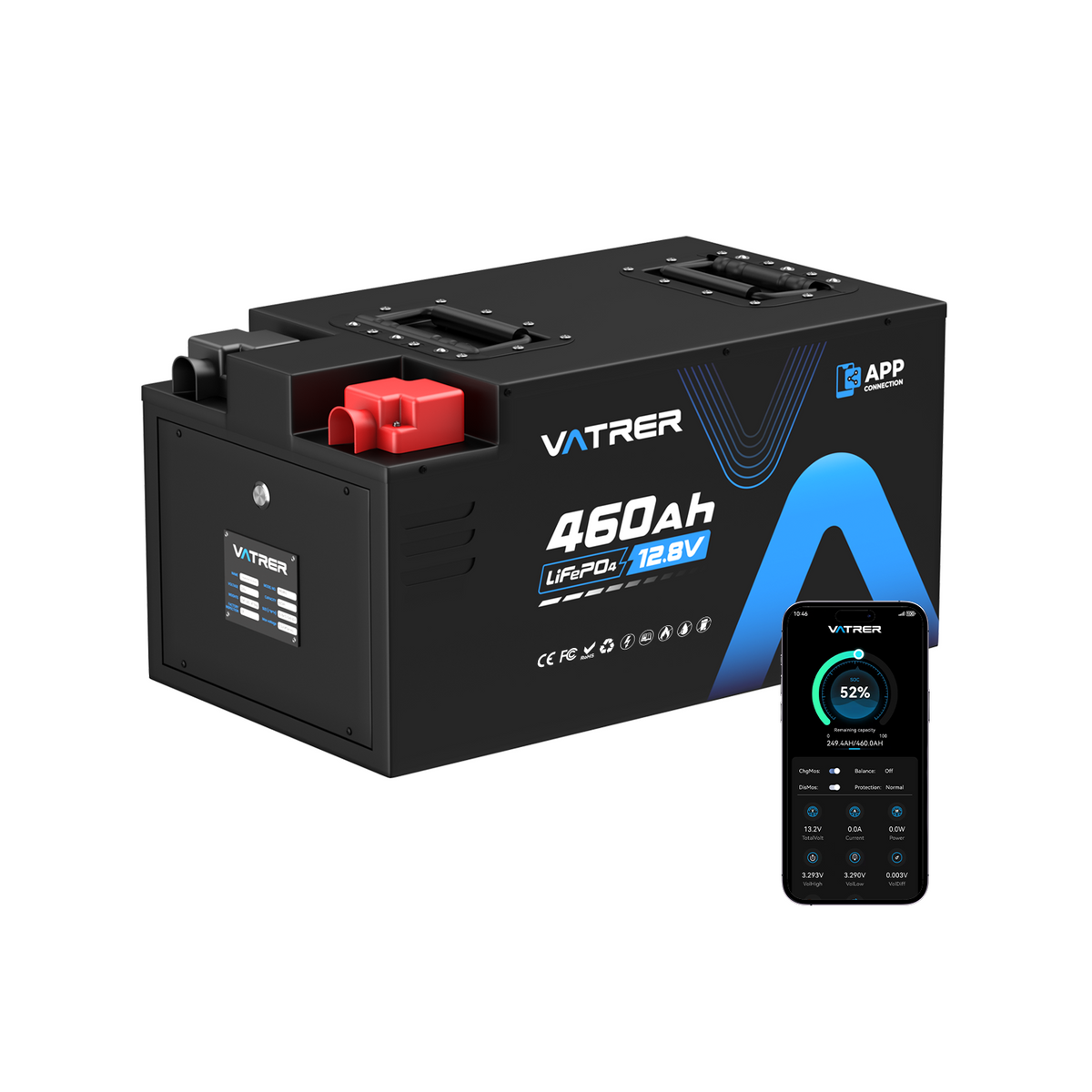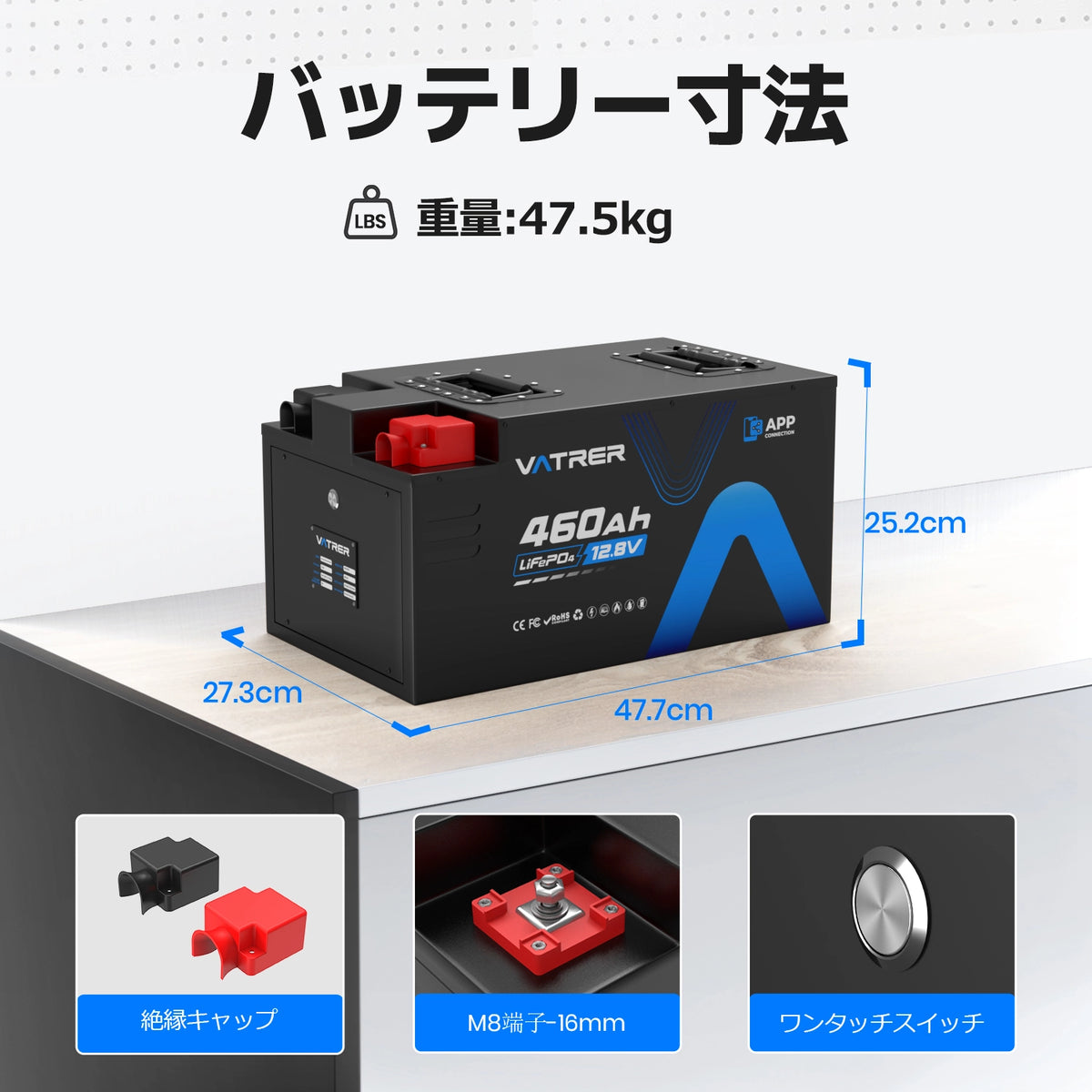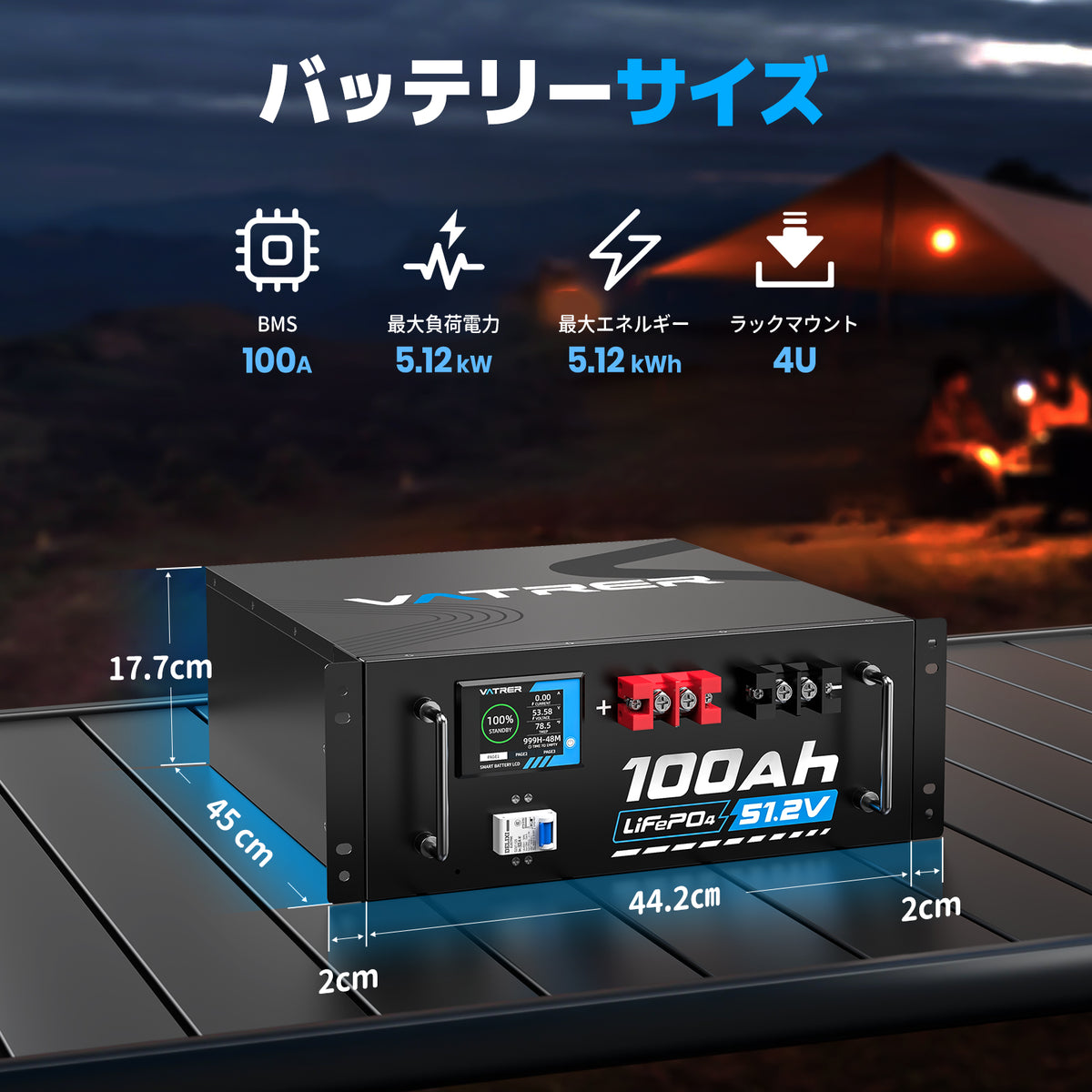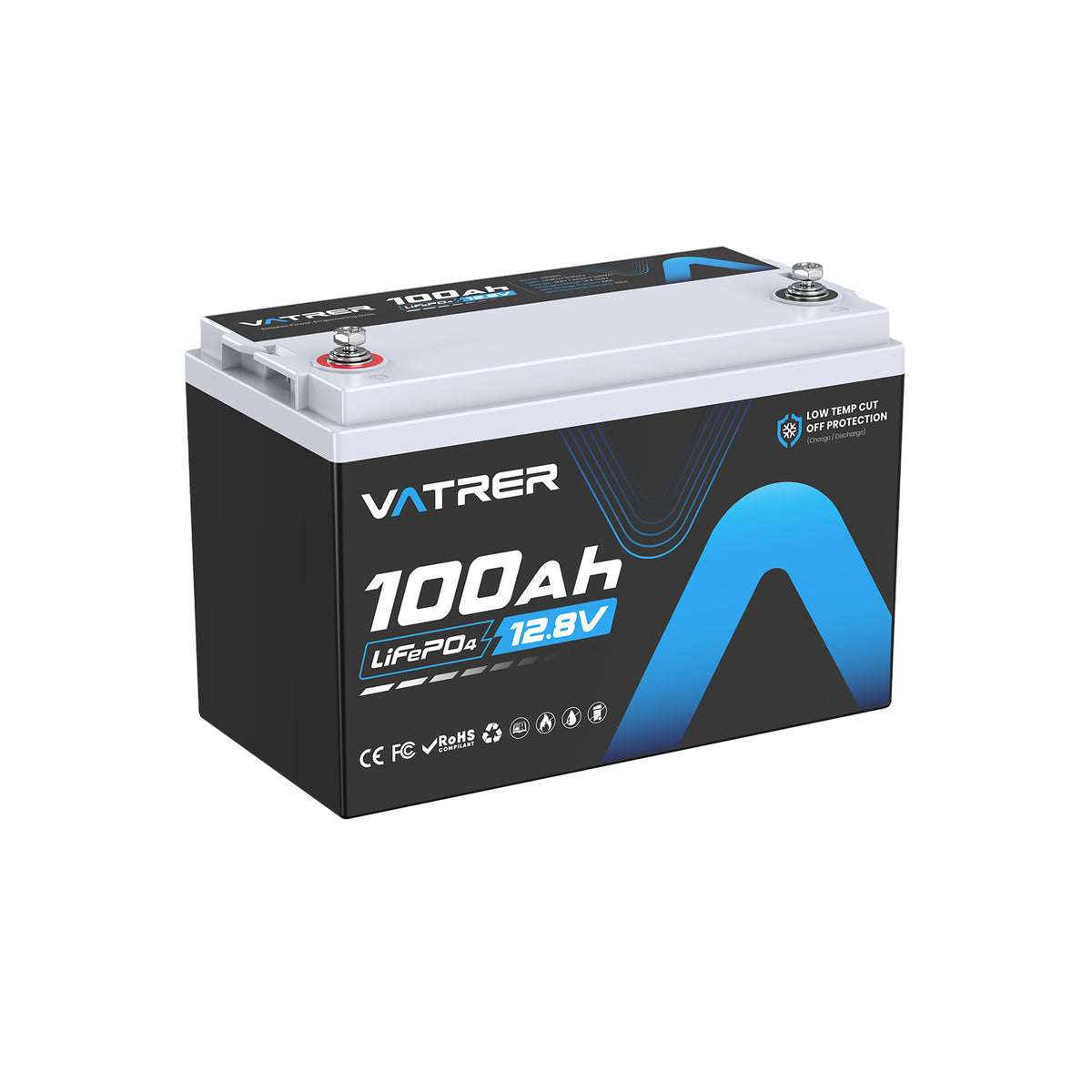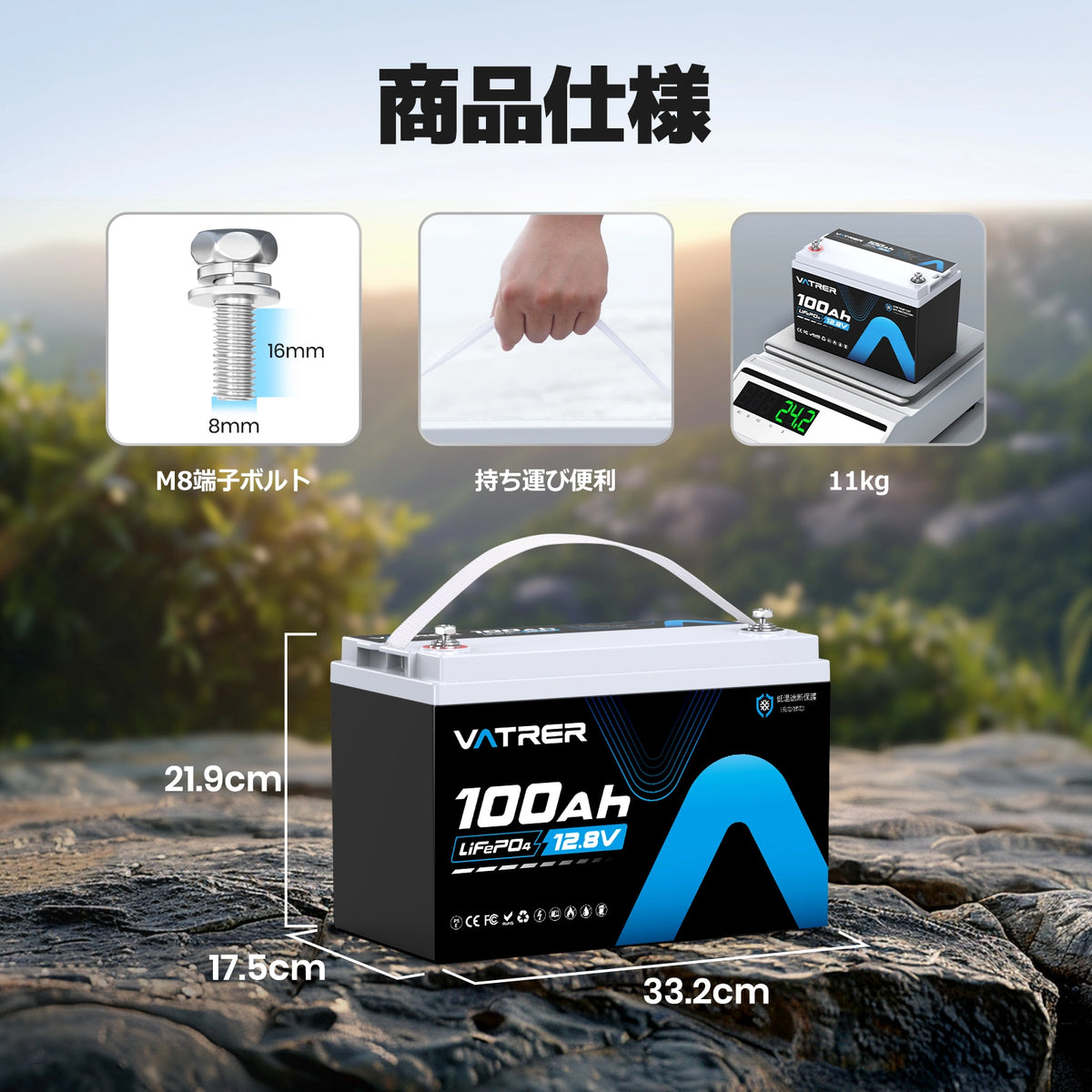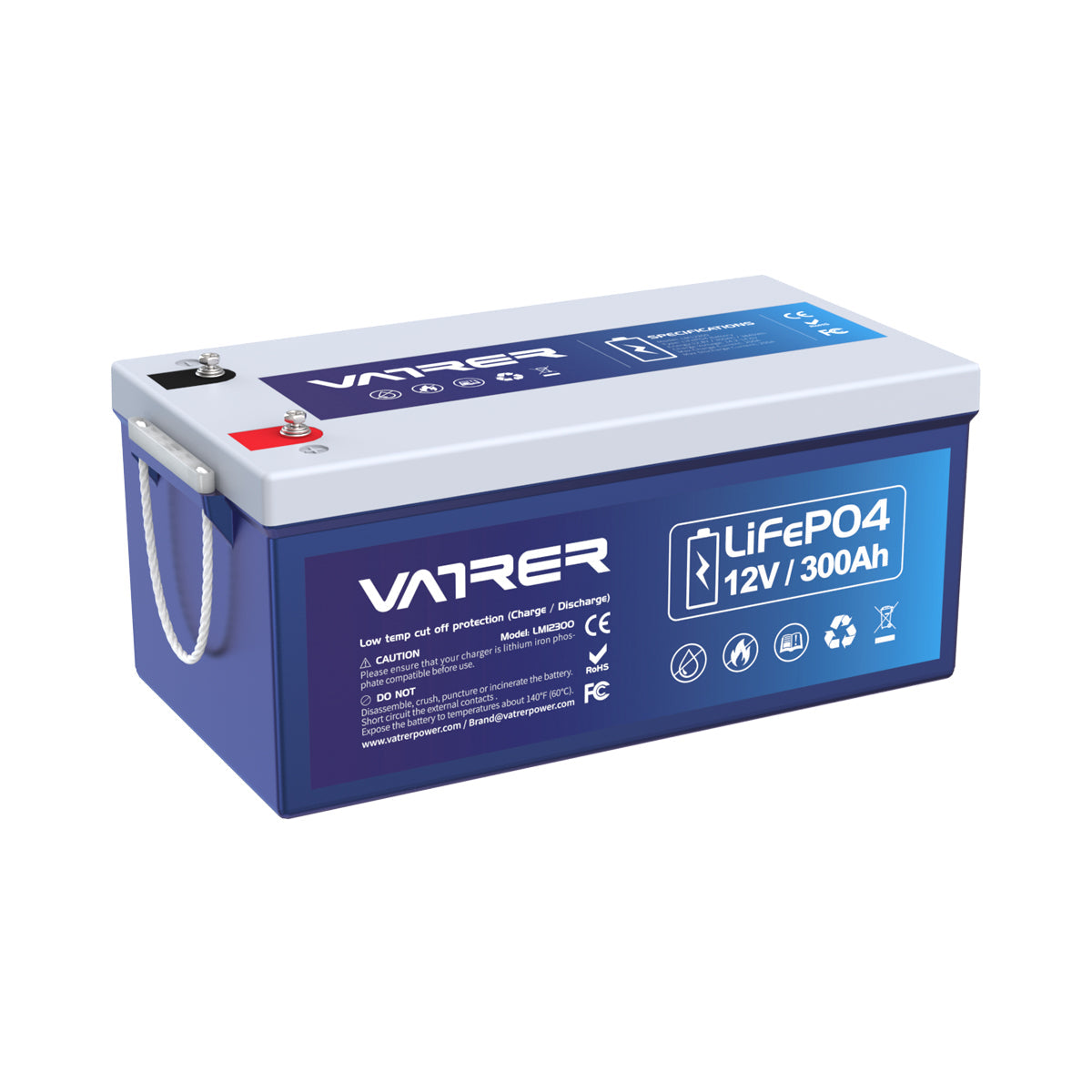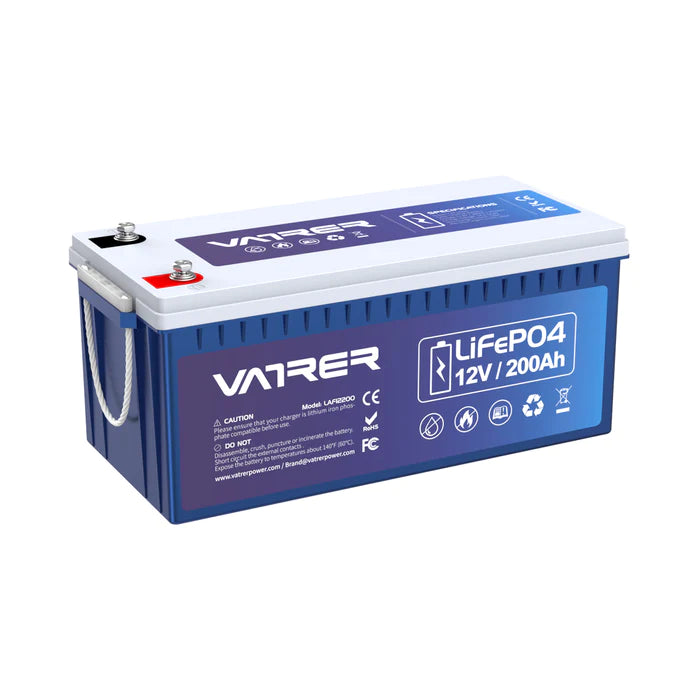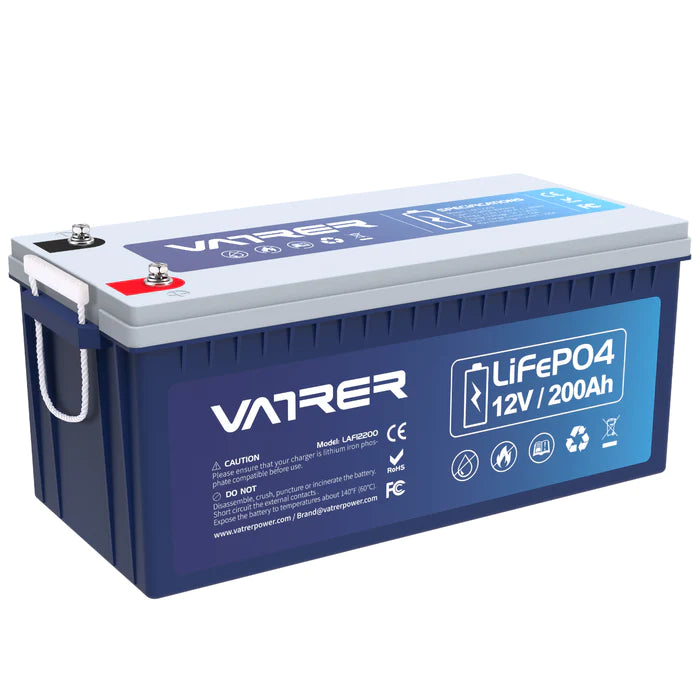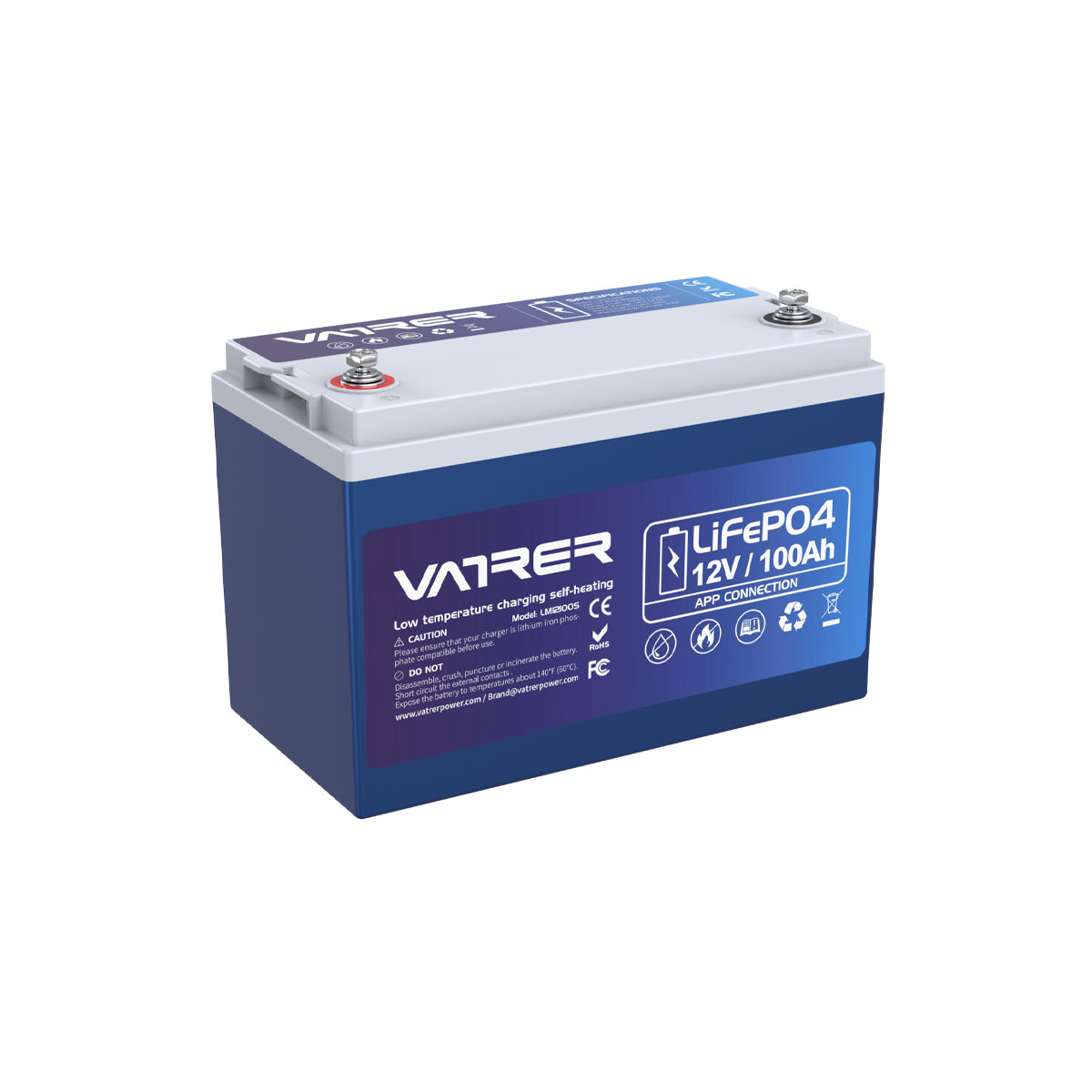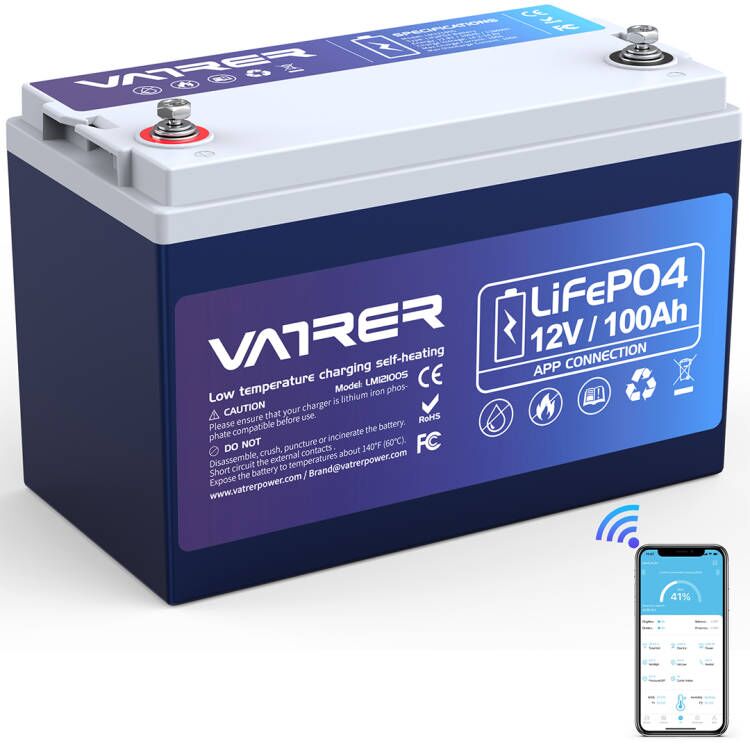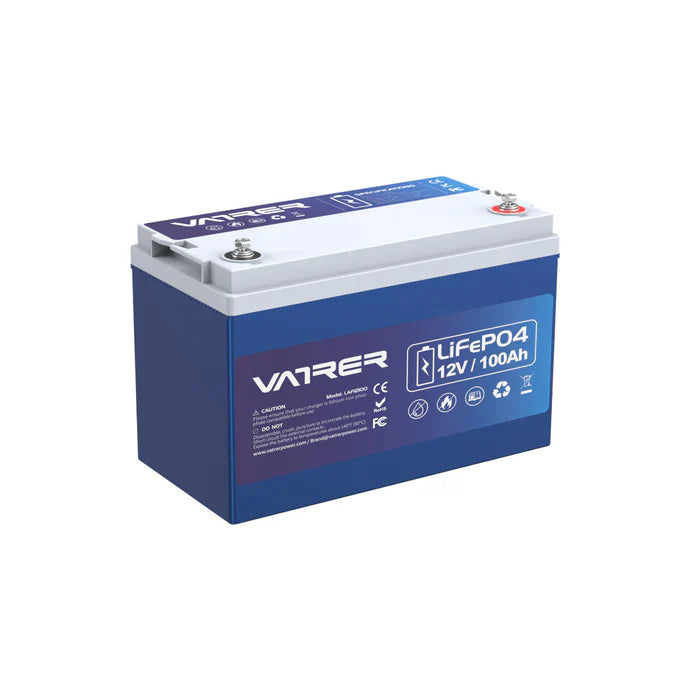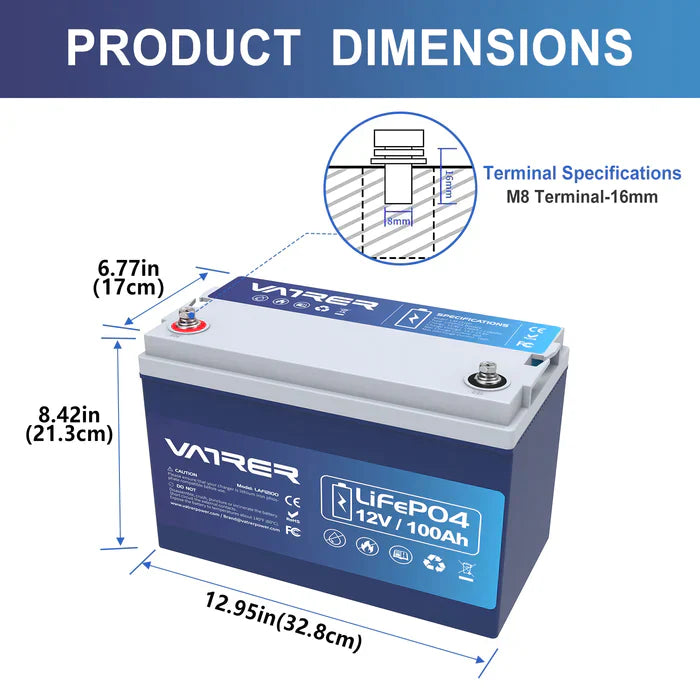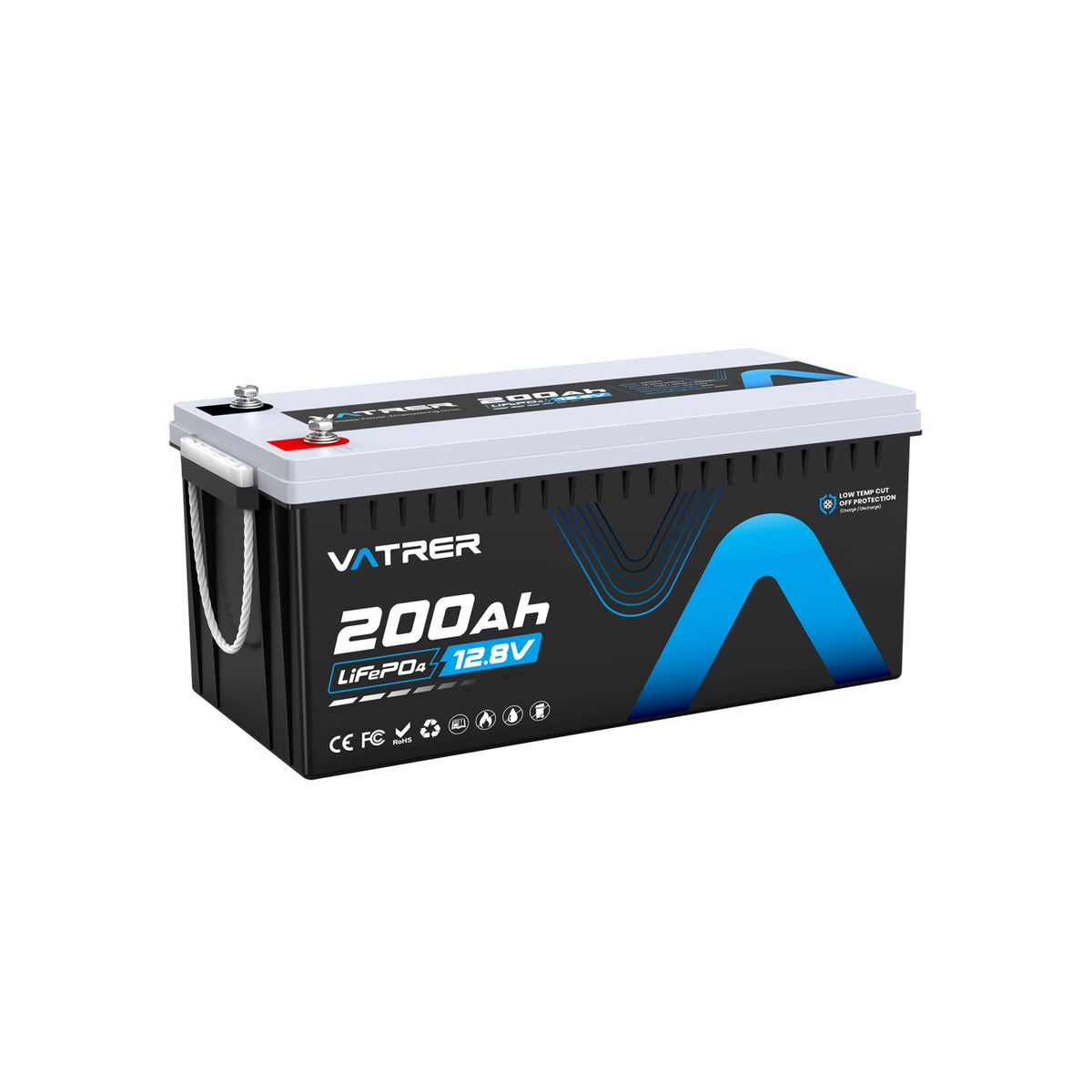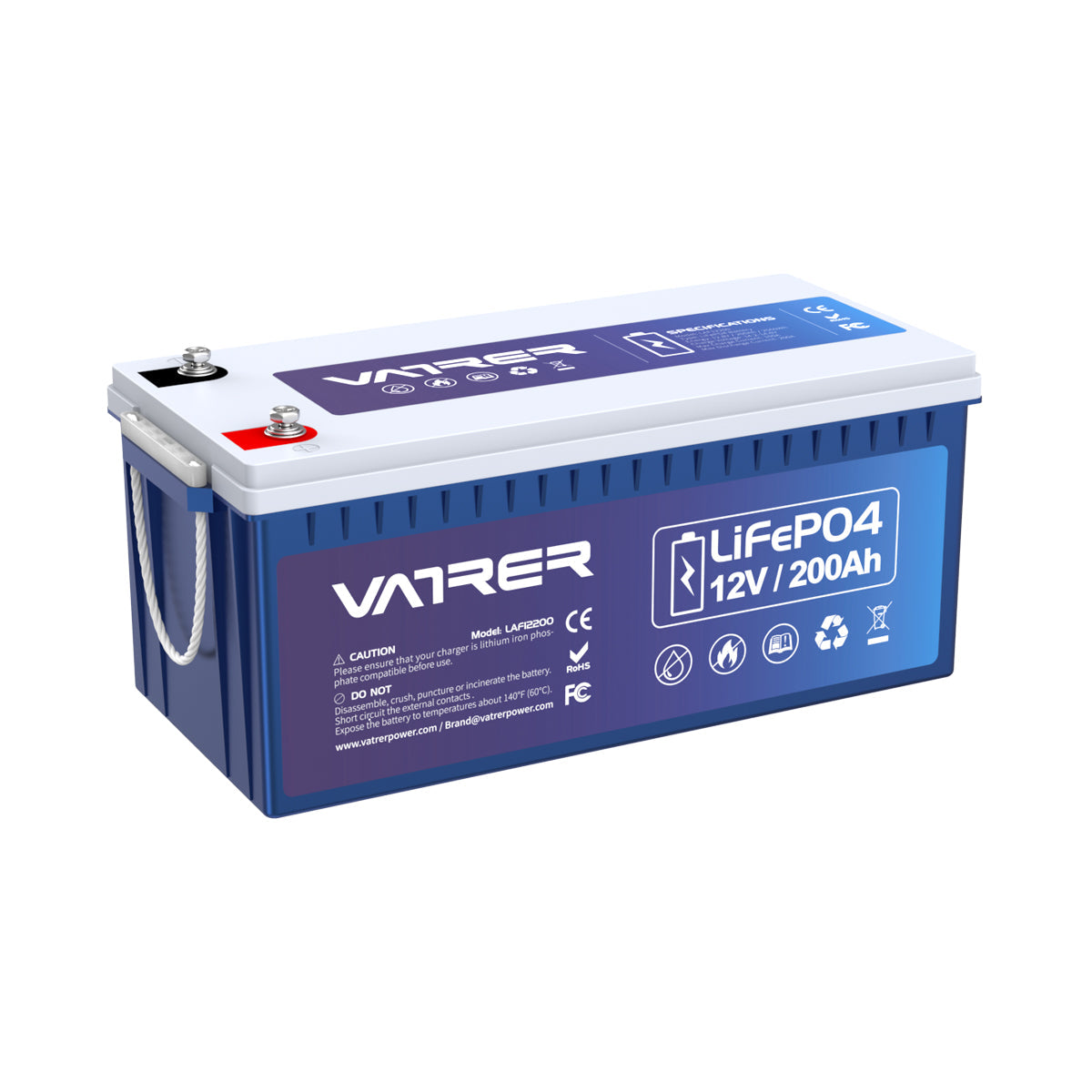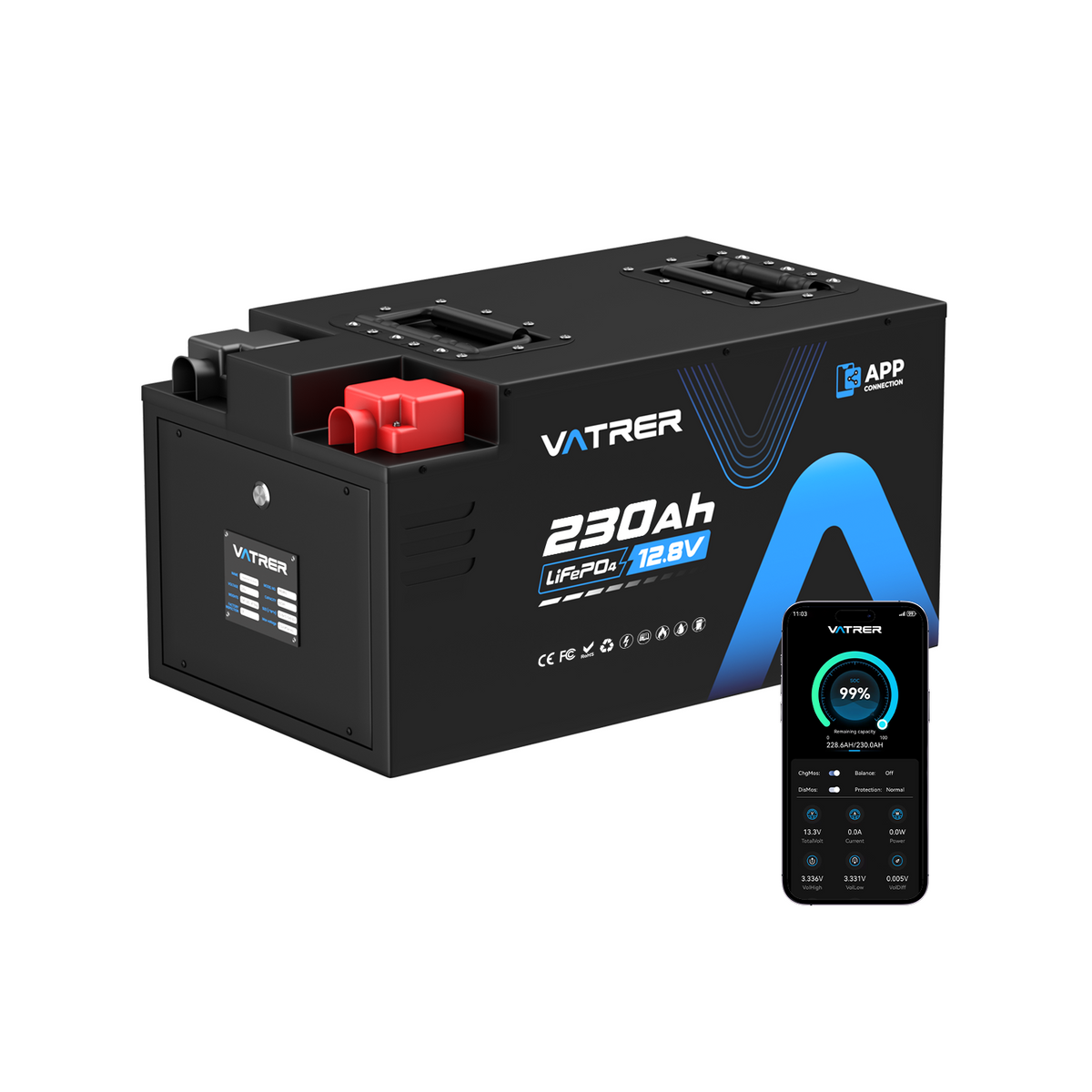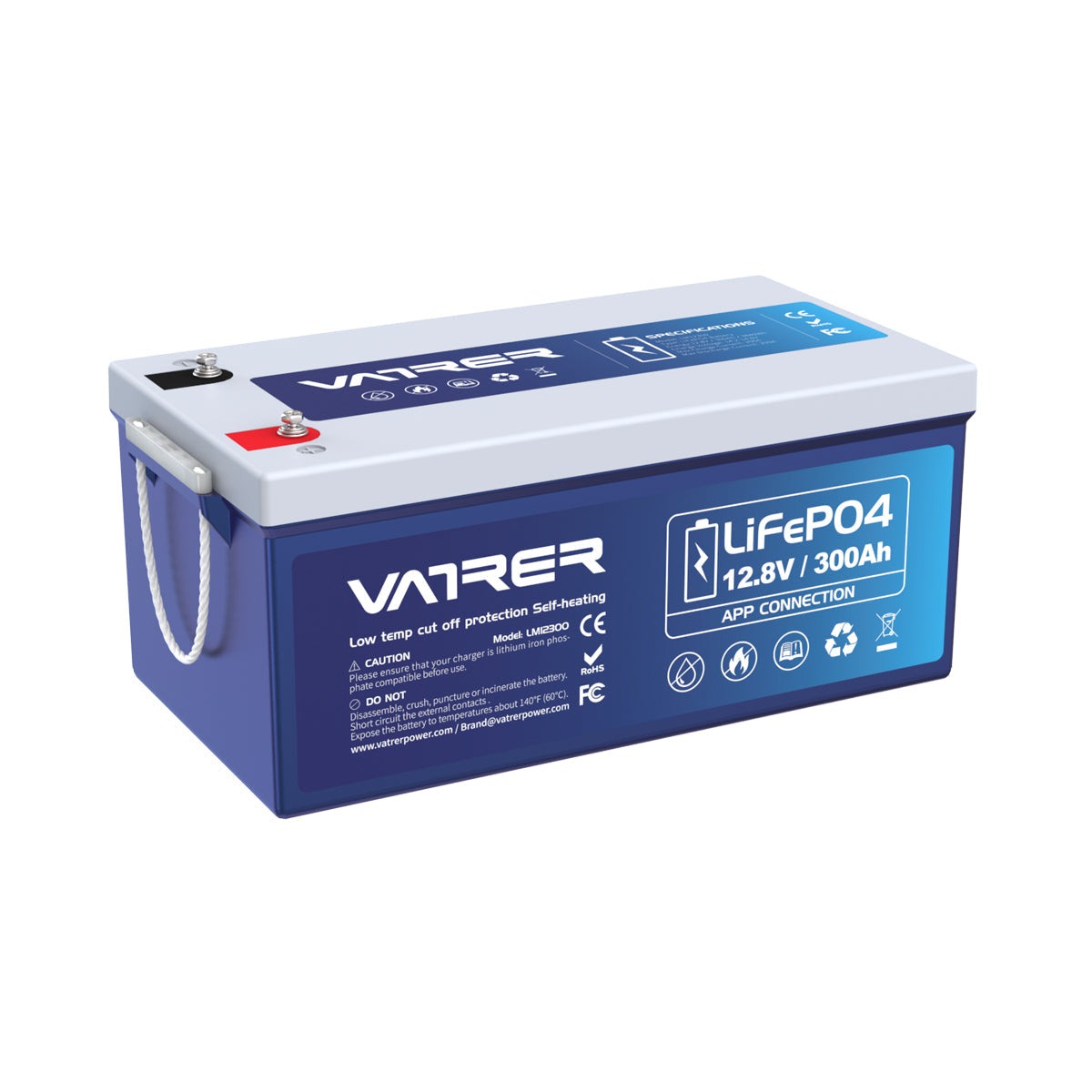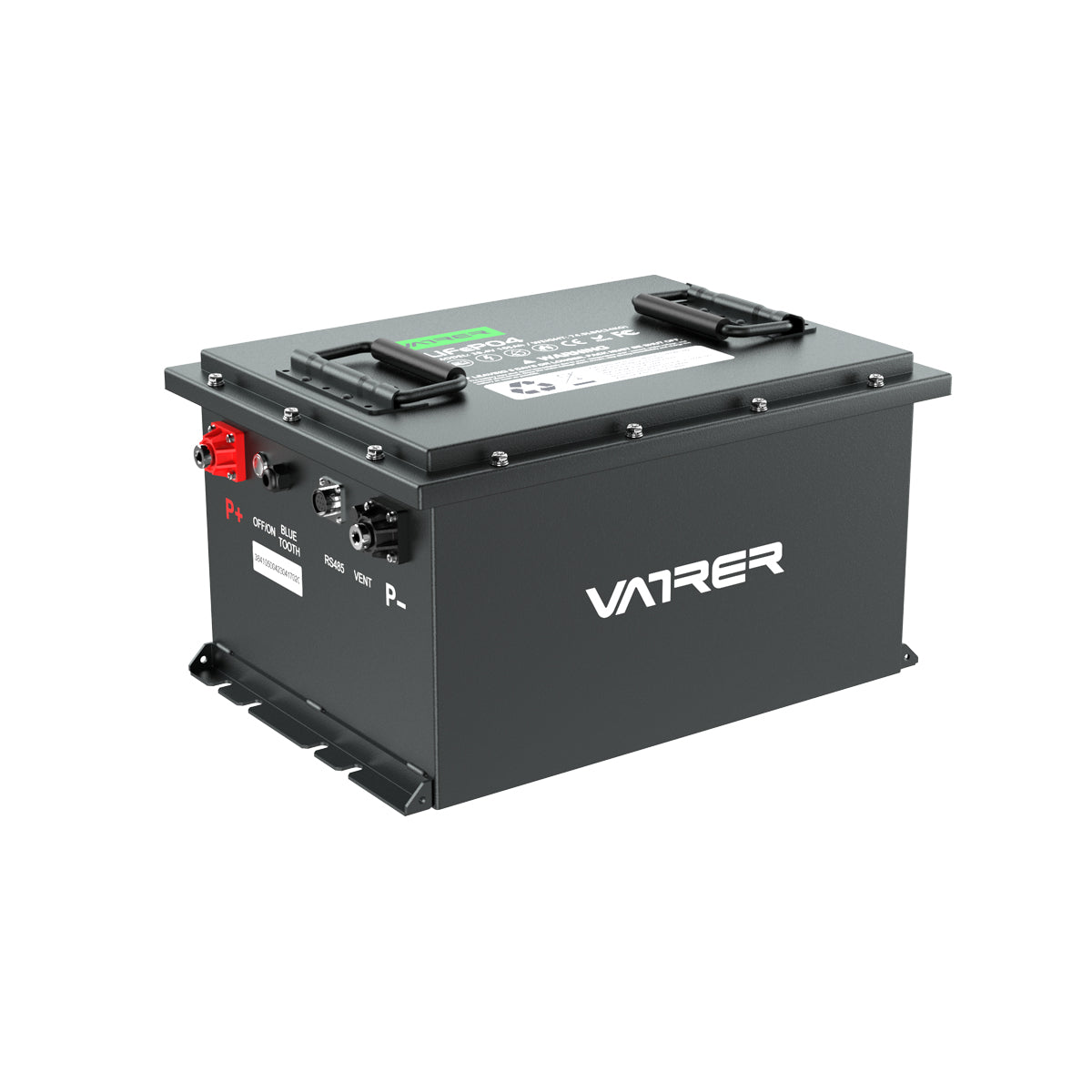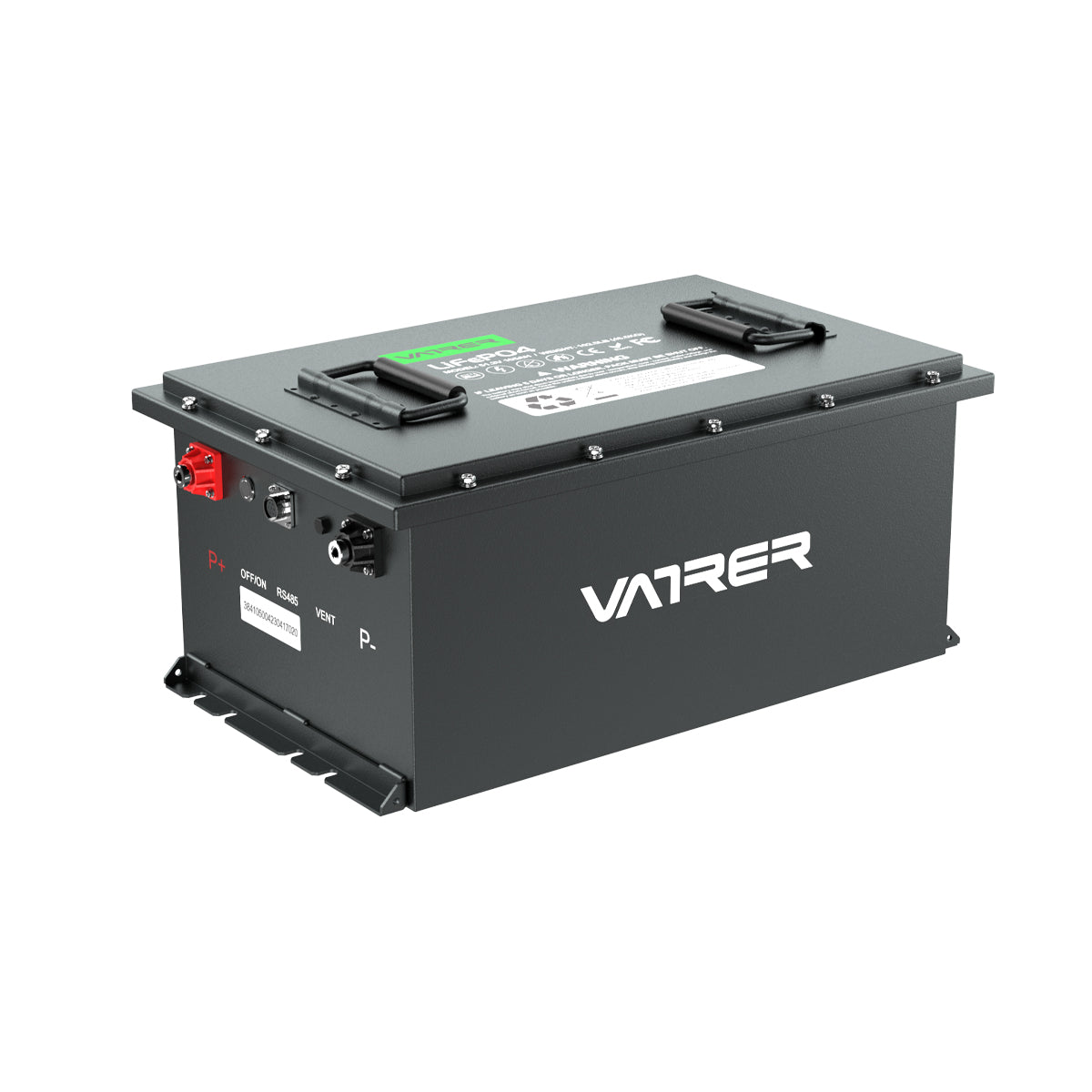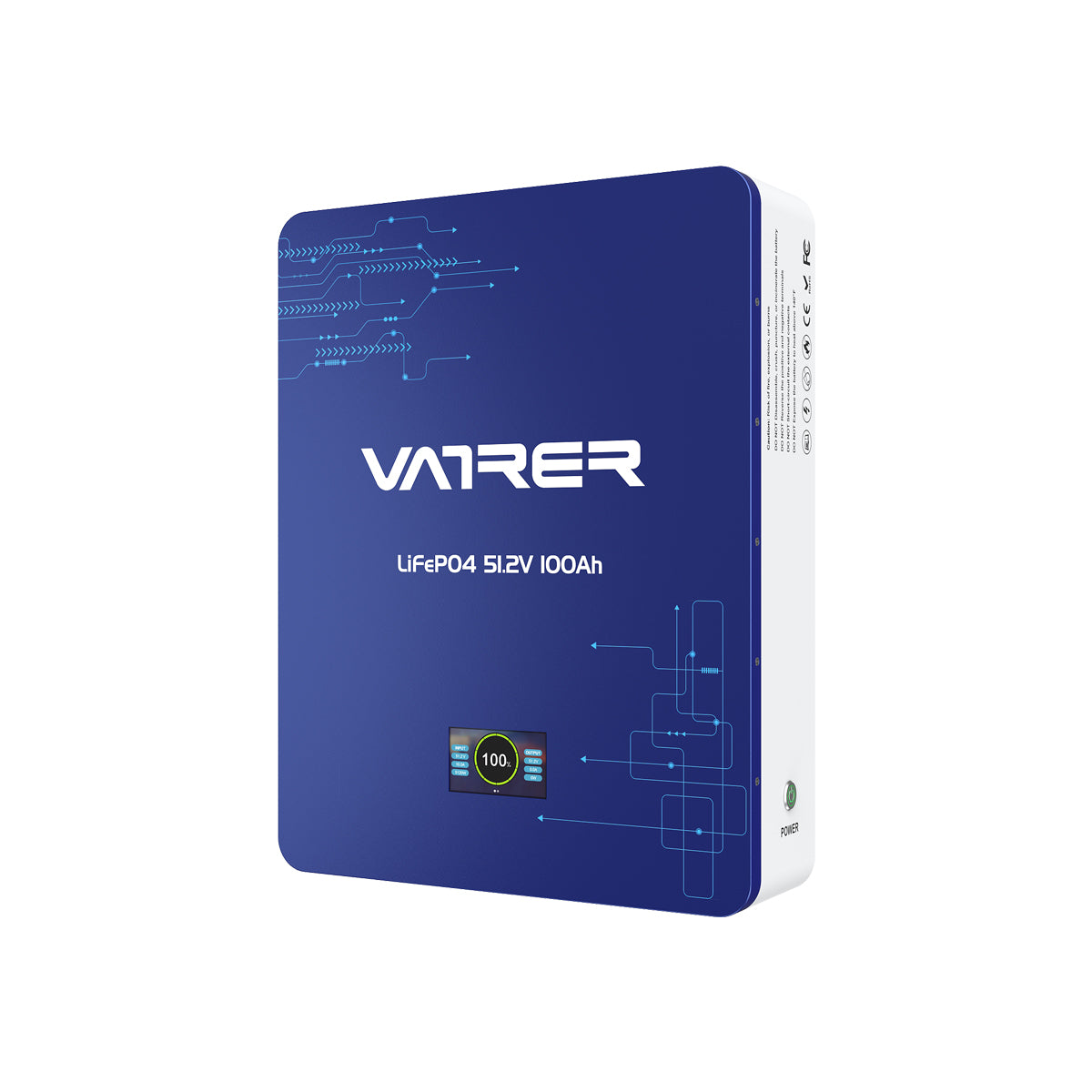Table of Contents
- 1. Introduction
- 2. Product Identification
- 3. Composition/Information on Ingredients
- 4. Hazards Identification
- 5. First-Aid Measures
- 6. Fire-Fighting Measures
- 7. Accidental Release Measures
- 8. Handling and Storage
- 9. Exposure Controls/Personal Protection
- 10. Physical and Chemical Properties
- 11. Stability and Reactivity
- 12. Toxicological Information
- 13. Ecological Information
- 14. Disposal Considerations
- 15. Transport Information
- 16. Regulatory Information
- 17. Other Information
1. Introduction
Purpose of the Safety Data Sheet (SDS)
The Safety Data Sheet (SDS) serves as a critical document designed to provide comprehensive information about the safety and handling of lithium forklift batteries. It is intended to inform users about the potential hazards associated with these batteries, as well as the necessary precautions to mitigate risks during handling, storage, and disposal. The SDS is a vital tool for ensuring workplace safety and compliance with regulatory standards.
Importance of SDS for Lithium Forklift Batteries
Lithium forklift batteries are increasingly used in industrial settings due to their efficiency and long lifespan. However, they pose specific risks, including chemical hazards and fire risks, which necessitate detailed safety guidelines. The SDS is essential for educating employees, emergency responders, and other stakeholders about these risks and the appropriate safety measures to take.

2. Product Identification
Description of Lithium Forklift Batteries
Lithium forklift batteries are rechargeable power sources used in electric forklifts. They are known for their high energy density, lightweight, and ability to deliver consistent power over extended periods. These batteries typically consist of lithium-ion cells, which are encased in a protective housing to prevent damage and leakage.
Manufacturer Details
The manufacturer of lithium forklift batteries should provide detailed contact information, including the company name, address, phone number, and emergency contact details. This information is crucial for obtaining further safety guidance and support in case of an emergency.
3. Composition/Information on Ingredients
Chemical Composition of Lithium Batteries
Lithium forklift batteries are composed of several key components, including:
-
Lithium Cobalt Oxide (LiCoO2): Used as the cathode material.
-
Graphite: Used as the anode material.
-
Electrolyte: Typically a lithium salt dissolved in an organic solvent.
-
Separator: A porous membrane that prevents short circuits.
Hazardous Components
The primary hazardous components in lithium batteries include:
-
Lithium Cobalt Oxide: Can release toxic fumes if damaged or overheated.
-
Organic Solvents: Flammable and can cause skin and eye irritation.
4. Hazards Identification
Potential Hazards Associated with Lithium Batteries
Lithium forklift batteries pose several potential hazards, including:
-
Fire and Explosion Risk: Due to the flammable electrolyte and potential for thermal runaway.
-
Chemical Exposure: Risk of exposure to toxic substances if the battery casing is breached.
Health and Environmental Risks
-
Health Risks: Exposure to battery chemicals can cause respiratory issues, skin irritation, and eye damage.
-
Environmental Risks: Improper disposal can lead to soil and water contamination.
5. First-Aid Measures
Procedures for Different Types of Exposure
-
Inhalation: Move the person to fresh air and seek medical attention if symptoms persist.
-
Skin Contact: Wash the affected area with soap and water. Remove contaminated clothing.
-
Eye Contact: Rinse eyes thoroughly with water for at least 15 minutes and seek medical attention.
-
Ingestion: Do not induce vomiting. Seek immediate medical attention.
Emergency Contact Information
In case of an emergency, contact local emergency services and the battery manufacturer for guidance.
6. Fire-Fighting Measures
Suitable Extinguishing Media
-
Dry Chemical Powder
-
Carbon Dioxide (CO2)
-
Foam
Special Protective Equipment for Firefighters
Firefighters should wear self-contained breathing apparatus (SCBA) and full protective gear to prevent exposure to toxic fumes.
7. Accidental Release Measures
Steps to Take in Case of a Spill or Leak
-
Evacuate the Area: Ensure all personnel are at a safe distance.
-
Contain the Spill: Use non-combustible absorbent materials.
-
Ventilate the Area: Increase airflow to disperse fumes.
Environmental Precautions
Prevent the spilled material from entering waterways or soil. Dispose of contaminated materials according to local regulations.
8. Handling and Storage
Safe Handling Practices
-
Avoid Physical Damage: Do not drop or puncture batteries.
-
Prevent Short Circuits: Avoid contact with metal objects.
Storage Requirements
-
Temperature Control: Store in a cool, dry place away from direct sunlight.
-
Isolation: Keep away from flammable materials and incompatible substances.
9. Exposure Controls/Personal Protection
Recommended Personal Protective Equipment (PPE)
-
Gloves: Chemical-resistant gloves.
-
Eye Protection: Safety goggles.
-
Respiratory Protection: Use a mask if ventilation is inadequate.
Exposure Limits
Follow occupational exposure limits as defined by regulatory bodies such as OSHA.
10. Physical and Chemical Properties
Key Physical and Chemical Characteristics
-
Appearance: Solid, encased in a metal or plastic housing.
-
Odor: Odorless.
-
pH: Not applicable.
-
Boiling Point: Not applicable.
-
Flash Point: Not applicable.
11. Stability and Reactivity
Conditions to Avoid
-
High Temperatures: Can lead to thermal runaway.
-
Physical Damage: Can cause leakage and short circuits.
Incompatible Materials
-
Water: Can cause a reaction with lithium.
-
Strong Oxidizers: Can increase the risk of fire.
12. Toxicological Information
Health Effects from Exposure
-
Acute Exposure: Can cause irritation to the respiratory system, skin, and eyes.
-
Chronic Exposure: Prolonged exposure may lead to more severe health effects.
Toxicity Data
Refer to specific toxicity data provided by the manufacturer for detailed information.
13. Ecological Information
Environmental Impact
Lithium batteries can have a significant environmental impact if not disposed of properly. They can release harmful chemicals into the soil and water.
Biodegradability
Lithium batteries are not biodegradable and require special disposal methods to minimize environmental harm.
14. Disposal Considerations
Proper Disposal Methods
-
Recycling: Preferred method to recover valuable materials.
-
Hazardous Waste Facilities: Use certified facilities for disposal.
Regulatory Requirements
Comply with local, state, and federal regulations regarding battery disposal.
15. Transport Information
Transportation Regulations
Lithium batteries are classified as dangerous goods and must be transported according to regulations such as the UN Model Regulations.
UN Number and Shipping Name
-
UN Number: UN3480
-
Shipping Name: Lithium Ion Batteries
16. Regulatory Information
Relevant Regulations and Standards
-
OSHA Hazard Communication Standard (29 CFR 1910.1200)
-
WHMIS 2015
-
UN Model Regulations on the Transport of Dangerous Goods
17. Other Information
Date of Preparation or Last Revision
Ensure the SDS is up-to-date and reflects the latest safety information.
Additional Safety Tips
-
Training: Ensure all personnel handling batteries are adequately trained.
-
Emergency Preparedness: Have an emergency response plan in place.
This Safety Data Sheet provides essential information for the safe handling, storage, and disposal of lithium forklift batteries. Adhering to these guidelines will help mitigate risks and ensure compliance with safety regulations.





